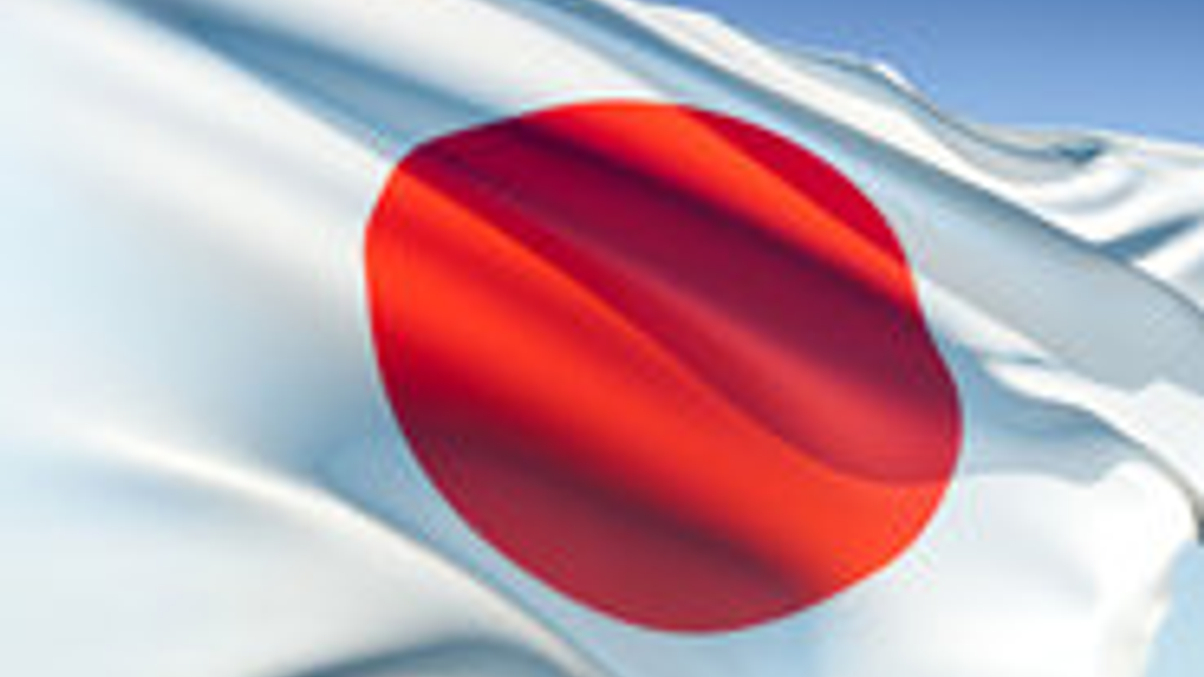GPIF names new head of investment strategy
The $1.3 trillion pension fund is understood to have set up a department for investment strategy and named a new director-general, replacing the head of its research unit.

Japan’s Government Pension Investment Fund has reportedly set up a new department for investment strategy and installed Atsushi Ikari to run it as director-general.
Sign in to read on!
Registered users get 2 free articles in 30 days.
Subscribers have full unlimited access to AsianInvestor
Not signed up? New users get 2 free articles per month, plus a 7-day unlimited free trial.
¬ Haymarket Media Limited. All rights reserved.


